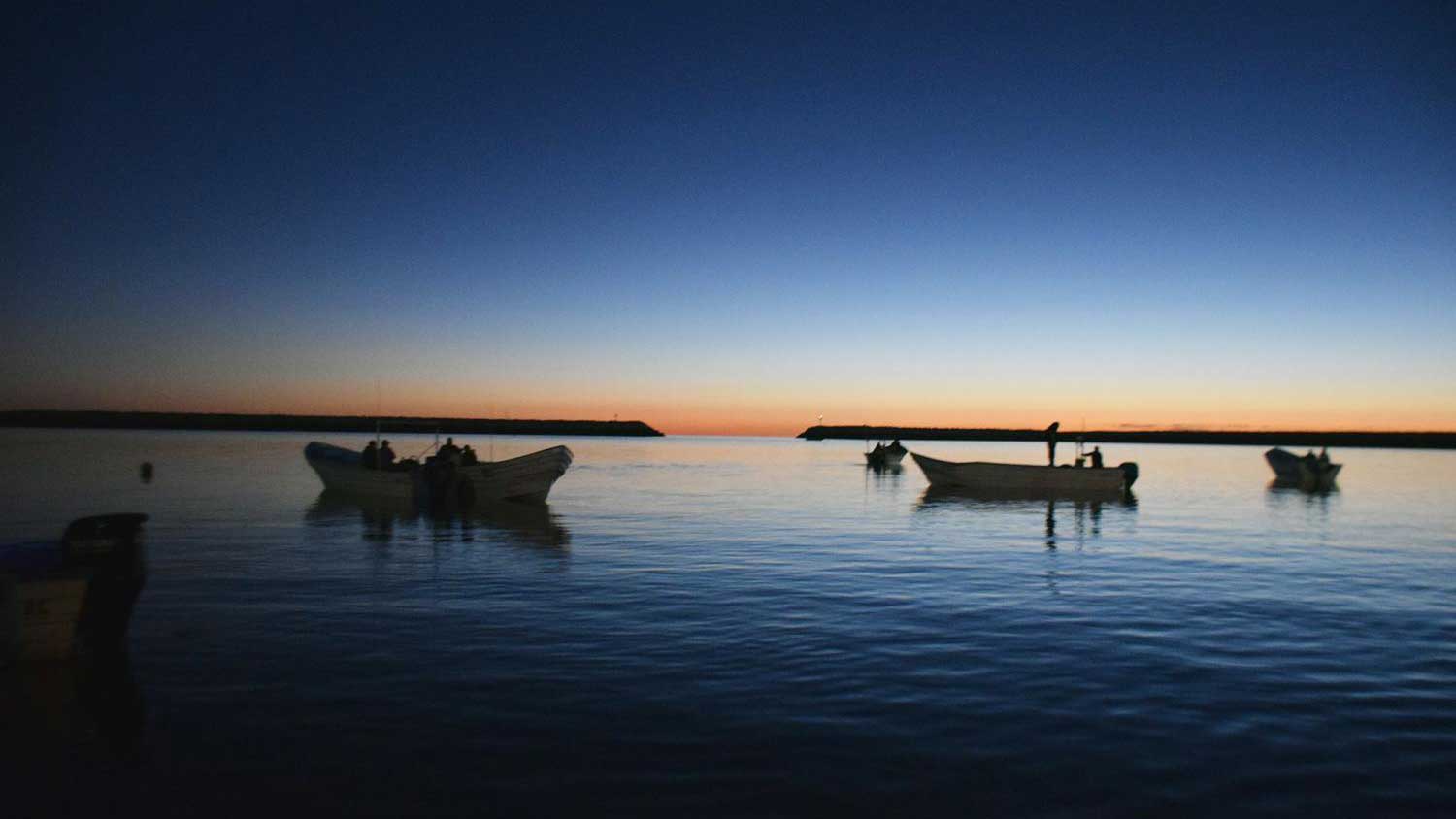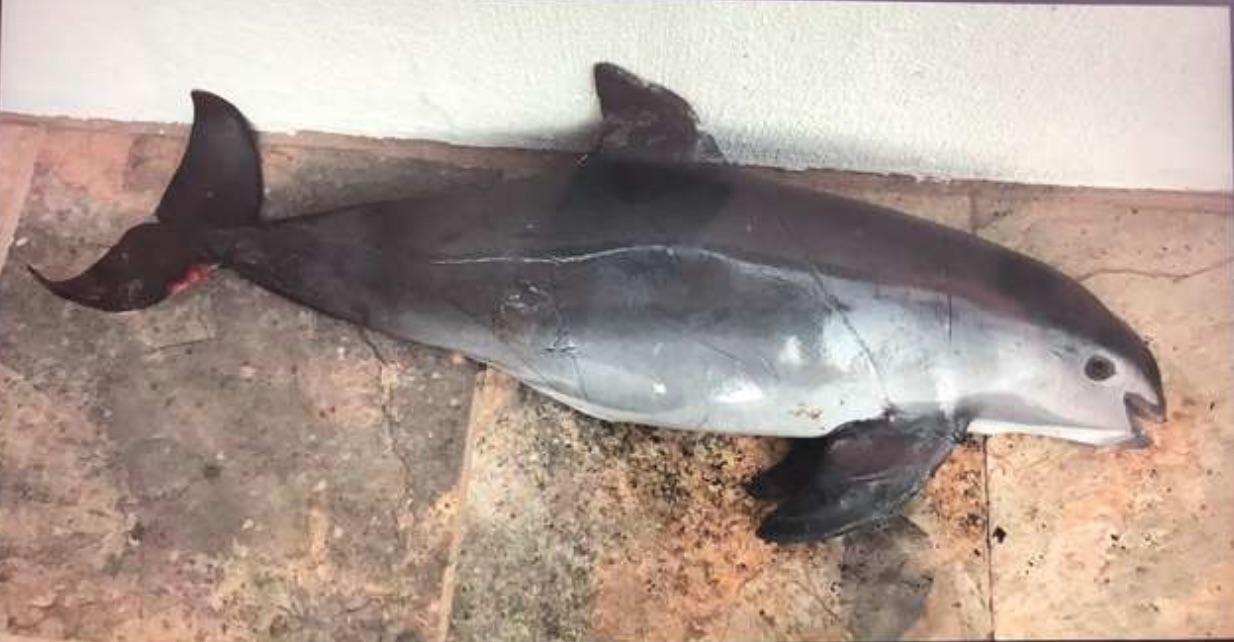 VIEW LARGER Fishing boats float on the Sea of Cortez outside the little town of San Felipe, Baja California, in October 2018.
VIEW LARGER Fishing boats float on the Sea of Cortez outside the little town of San Felipe, Baja California, in October 2018. The United Nations Educational, Scientific and Cultural Organization (UNESCO) has designated parts of Mexico’s Sea of Cortez as a world heritage site “in danger” in an attempt to help protect the habitat of an endangered porpoise.
The UNESCO World Heritage Committee approved the “in danger” designation Wednesday over concern for the “imminent extinction” of the vaquita marina porpoise, or little sea cow.
There are only an estimated 10 vaquitas left in Mexico’s Sea of Cortez, and the new designation is a crucial step toward saving the few that remain, said Alejandro Olivera, Mexico’s representative for the Center for Biological Diversity, which has been petitioning for the designation since 2015.
 VIEW LARGER A dead vaquita shows signs of having been caught in a gillnet.
VIEW LARGER A dead vaquita shows signs of having been caught in a gillnet. “Mexico needs to work with the World Heritage Committee to look for a solution and a new conservation program,” he said.
Olivera said the designation is clear signal from the international community that Mexico needs to take stronger action to protect the vaquita, and it also opens up new funding for conservation.
“The Mexican government will have new incentives and new resources to stop the illegal fishing that’s killing the world’s most endangered marine mammal (the vaquita),” he said.
Illegal poaching of a huge, endangered fish called the totoaba is considered the leading threat to the vaquita. Totoaba swim bladders, or buches, sell for thousands of dollars on the black market in China. But the nets used to catch them also trap and drown the little vaquitas.
“The only hope for the vaquita marina is to stop the principal treat, which are the totoaba gillnets,” Olivera said.
That means getting all of the active and abandoned nets out the water immediately, he said, and establishing a zero-tolerance zone in the areas where the vaquita is most active that prohibits all fishing.
There are already fishing bans in place in the uppermost part of the Sea of Cortez where the vaquita lives. But illegal totoaba poachers are still active, and in recent months legal fishermen have also returned to the water because they say the Mexican government is no longer paying a promised compensation.
The World Heritage Committee also urged the United States and China - as transit and destination countries - to increase efforts to end totoaba swim bladder trafficking.
The Mexican Islands and Protected Areas of the Gulf of California were added to the World Heritage List in 2005. The area includes 244 islands, islets and coastal areas on Mexico’s Sea of Cortez, according to UNESCO. The area is prized for its importance for scientific research, its natural beauty and the incredible biodiversity in the Sea of Cortez.


By submitting your comments, you hereby give AZPM the right to post your comments and potentially use them in any other form of media operated by this institution.